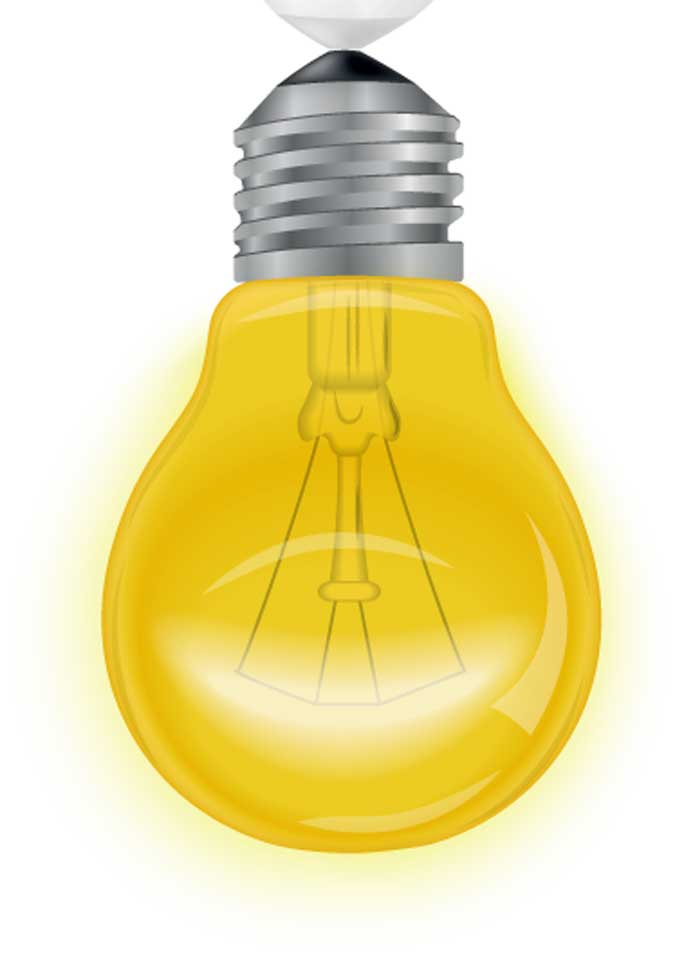The cold, hard barriers to getting vaccinated
DOCTORS, NURSES and other essential workers are getting vaccinated against COVID-19 in the US and UK. Yet in Asia, where several countries led the way in reining in the viral outbreak, there are few signs that detailed distribution plans are ready to be implemented. Supplies are limited and unknowns plentiful. Governments need to jump-start the process to get shots into arms. In most cases, however, their capacity to distribute the vaccine is a constraint or simply doesn’t exist.
Some nations have signed on to procurement and advanced purchasing plans from vaccine manufacturers. Others are working on collaborations and homegrown options. But everywhere, the need to maintain optimal temperatures for certain vaccines raises hard issues, such as cold-storage warehouses and adequate last-mile delivery.
McKinsey & Co. has said that just 1% of existing vaccine distribution networks is set up for cold-chain requirements that keep the new COVID-19 serums viable — temperatures at the frozen or deep frozen* levels. Most low- and middle-income countries can’t afford the infrastructure investment in a short period. Many may have to borrow from multilateral organizations like the World Bank. That means limited funding and one shot at getting it right.
So how do governments in their second, third, or even fourth waves prepare? Most are using immunization plans from previous vaccine rollouts. These were typically targeted at pregnant women and children, which are not the populations at the top of the list in this pandemic. India’s universal immunization program covers 26 million infants and 29 million mothers annually and is the largest of its kind in the world. Yet experts say it won’t be sufficient.
Andrea Taylor of Duke University’s Global Health Institute says distribution plans will be based on four scenarios, rooted in refrigeration temperatures. Most mid-income and poorer countries have ruled out vaccines that need deep freezing, she says, and are preparing for the standard refrigeration scenario. Eventually, heat-stable vaccines and nasal spray formats could be the way.
None of this is easy, but vaccine rollouts have always been more problematic in non-wealthy countries. Almost two decades after the hepatitis B vaccine came out, the population covered was estimated at around 90% in the Americas and just 28% in Southeast Asia, where the disease is a far larger problem.
South Korea’s concurrent experience with a campaign to inoculate 30 million people against influenza shows that there’s always room for error, even in countries with well-established plans. The government recalled more than 1 million doses, to be on the safe side, after photos circulated online of boxes of vaccines stacked in parking lots. Health authorities said that they found no direct causal links between the flu vaccine and the deaths of more than 100 people who died after getting it. But the panic means that only 19 million people have so far taken the shots. Singapore suspended its use.
South Korea was an early global model for tracking, tracing, and testing the rapid spread of COVID-19, but it’s facing another surge in cases. Prime Minister Chung Sye-kyun says authorities will come up with a plan allowing pre-purchased vaccines to be acquired in the first quarter of 2021; the country has said it’s in the process of securing doses from companies including AstraZeneca Plc, Moderna, Inc., Pfizer, Inc., and Johnson & Johnson’s Janssen Pharmaceuticals, Inc. But the health minister has said there’s no hurry “when the risks have not been verified yet.”
That’s a fair concern. However, COVID-19 doesn’t allow the luxury of time of the typical manufacturing supply chain. “We cannot afford a sequential process,” David Simchi-Levi, director of the MIT Data Science Lab, told Supply Chain Dive. “We need to start the manufacturing capacity today, and the problem is it requires significant investment.”
Then there’s the more mundane but crucial matter of trade facilitation: how to get vaccines across national borders. Think of this as the software of trade – approvals, customs, tariffs, rules and regulations on inspection services, certification, permissions, how packages are handled, and the intellectual property rules. An Asian Development Bank study in 2017 found that getting it right increases immunization rates, especially in low-income countries.
A look at the trade of medicines, totaling almost $50 billion globally, shows why the process isn’t so straightforward. Some regulations seem absurd in a time of global pandemic. For instance, the average applied tariff for hand soap is 17%, while some World Trade Organization members put it as high as 65%. The average tariff on protective supplies is 11.5%.
In May, Canada invested more than $40 million to upgrade a vaccine production facility in Montreal “to ensure readiness for Canadian bioprocessing of potential vaccine candidates as they become available.” It was supposed to produce 250,000 doses by November. Then a partnership with China’s CanSino Biologics, Inc. fell apart because Chinese customs authorities held up the first shipment of trial doses to Canada.
Without a timely and straightforward way to get a vaccine, COVID-19 won’t be eradicated. And the economic recovery that we see signs of won’t really take off.
*Frozen: -15to -25 degrees celsius. Deep frozen: -60 to -80 degrees celsius.
BLOOMBERG OPINION



